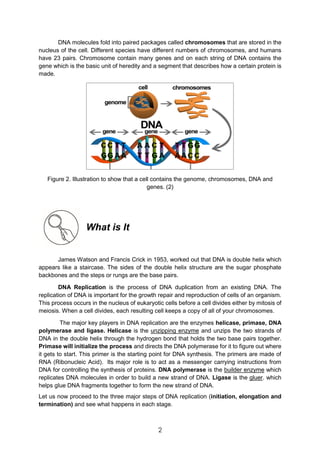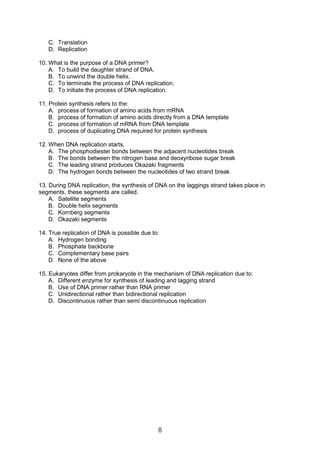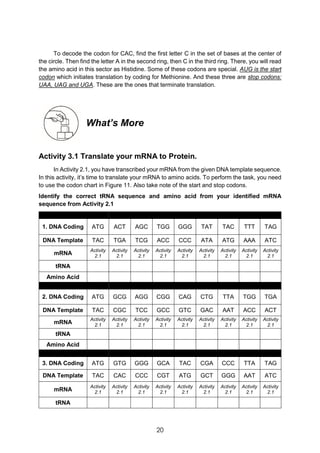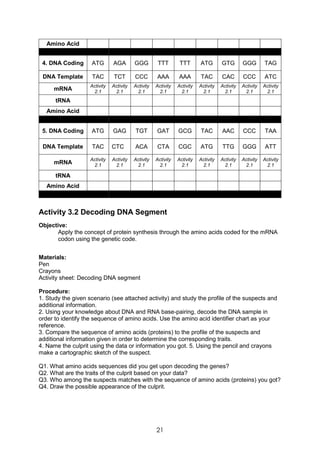DNA replication is the process by which a cell makes an identical copy of its DNA before cell division. It involves three main steps: initiation, elongation, and termination. During initiation, enzymes unwind and separate the DNA double helix at the origin of replication. In elongation, DNA polymerase adds complementary nucleotides to each single strand of DNA, creating two new double helix DNA molecules. Termination occurs when the primers are removed and fragments are joined by ligase, completing replication of the original DNA.






























